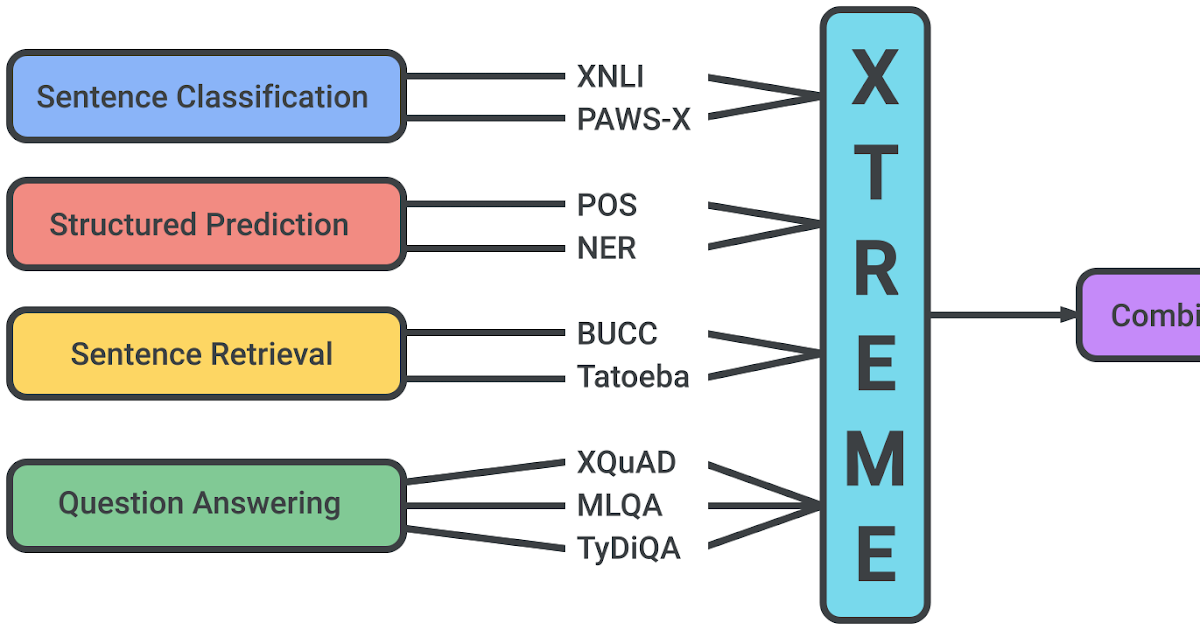In this lesson we’ll look at how the translation of a figure in a coordinate plane determines where it’s located. A translation is a transformation that moves a figure in a coordinate plane from one location to another. In this way a translation can be thought of as a slide with no rotating. The slide won’t change the shape or size of the
Solved For each of the figures, find the image of the given | Chegg.com
Discussion (10 minutes) Lesson 5 was an introduction to sequences of translations. It was clear that when a figure was translated along a vector we could “undo” the move by translating along the same vector, but in the opposite direction, creating an inverse transformation. Note that not all transformations can be “undone”.

Source Image: askfilo.com
Download Image
Learn for free about math, art, computer programming, economics, physics, chemistry, biology, medicine, finance, history, and more. Khan Academy is a nonprofit with the mission of providing a free, world-class education for anyone, anywhere.

Source Image: brainly.com
Download Image
Text Embedding Models Contain Bias. Here’s Why That Matters. – Google for Developers Vocabulary Geometric Translations Loading… Notes/Highlights Image Attributions Show Details Show Resources Translate a figure.

Source Image: blog.research.google
Download Image
Which Image Shows A Translation Of The Figure Below
Vocabulary Geometric Translations Loading… Notes/Highlights Image Attributions Show Details Show Resources Translate a figure. a 90° counterclockwise rotation about the origin and then a translation 16 units right and 16 units up. Drag the tiles to the correct boxes to complete the pairs. Match each transformation to the shape it maps shape I onto. a 90° clockwise rotation about the origin. a 180° rotation about the origin.
XTREME: A Massively Multilingual Multi-task Benchmark for Evaluating Cross-lingual Generalization – Google Research Blog
The first step is to write down the coordinates of the endpoints of line segment PQ. From the graph, we can see that the coordinates are P (3,0) and Q (6,-6). *Note that PQ is called the pre-image and the new figure after the translation is complete P’Q’ (pronounced P prime, Q prime) will be the image). In this example, we translating line Overview of Transformations | Quizizz

Source Image: quizizz.com
Download Image
Frontiers | The Coordination of Local Translation, Membranous Organelle Trafficking, and Synaptic Plasticity in Neurons The first step is to write down the coordinates of the endpoints of line segment PQ. From the graph, we can see that the coordinates are P (3,0) and Q (6,-6). *Note that PQ is called the pre-image and the new figure after the translation is complete P’Q’ (pronounced P prime, Q prime) will be the image). In this example, we translating line

Source Image: frontiersin.org
Download Image
Solved For each of the figures, find the image of the given | Chegg.com In this lesson we’ll look at how the translation of a figure in a coordinate plane determines where it’s located. A translation is a transformation that moves a figure in a coordinate plane from one location to another. In this way a translation can be thought of as a slide with no rotating. The slide won’t change the shape or size of the

Source Image: chegg.com
Download Image
Text Embedding Models Contain Bias. Here’s Why That Matters. – Google for Developers Learn for free about math, art, computer programming, economics, physics, chemistry, biology, medicine, finance, history, and more. Khan Academy is a nonprofit with the mission of providing a free, world-class education for anyone, anywhere.

Source Image: developers.googleblog.com
Download Image
Solved Translations and Reflections Graph the image of the | Chegg.com A rigid transformation (also known as an isometry or congruence transformation) is a transformation that does not change the size or shape of a figure. The rigid transformations are translations, reflections, and rotations. The new figure created by a transformation is called the image. The original figure is called the preimage.

Source Image: chegg.com
Download Image
Solved: The figure below is translated down 5 units. What are the coordinates of the image of poin [coordinate geometry] Vocabulary Geometric Translations Loading… Notes/Highlights Image Attributions Show Details Show Resources Translate a figure.
![Solved: The figure below is translated down 5 units. What are the coordinates of the image of poin [coordinate geometry]](https://p16-ehi-va.gauthmath.com/tos-maliva-i-ejcjvp0zxf-us/a6c2975ae2fe452b84588d877a647db0~tplv-ejcjvp0zxf-gwm-webp.webp)
Source Image: gauthmath.com
Download Image
Solved A frieze pattern is a decoration made from repeated | Chegg.com a 90° counterclockwise rotation about the origin and then a translation 16 units right and 16 units up. Drag the tiles to the correct boxes to complete the pairs. Match each transformation to the shape it maps shape I onto. a 90° clockwise rotation about the origin. a 180° rotation about the origin.

Source Image: chegg.com
Download Image
Frontiers | The Coordination of Local Translation, Membranous Organelle Trafficking, and Synaptic Plasticity in Neurons
Solved A frieze pattern is a decoration made from repeated | Chegg.com Discussion (10 minutes) Lesson 5 was an introduction to sequences of translations. It was clear that when a figure was translated along a vector we could “undo” the move by translating along the same vector, but in the opposite direction, creating an inverse transformation. Note that not all transformations can be “undone”.
Text Embedding Models Contain Bias. Here’s Why That Matters. – Google for Developers Solved: The figure below is translated down 5 units. What are the coordinates of the image of poin [coordinate geometry] A rigid transformation (also known as an isometry or congruence transformation) is a transformation that does not change the size or shape of a figure. The rigid transformations are translations, reflections, and rotations. The new figure created by a transformation is called the image. The original figure is called the preimage.